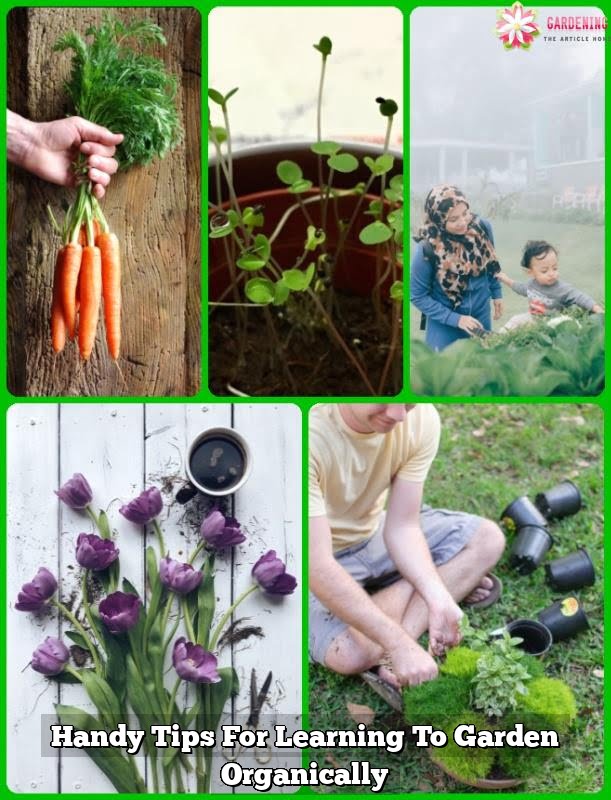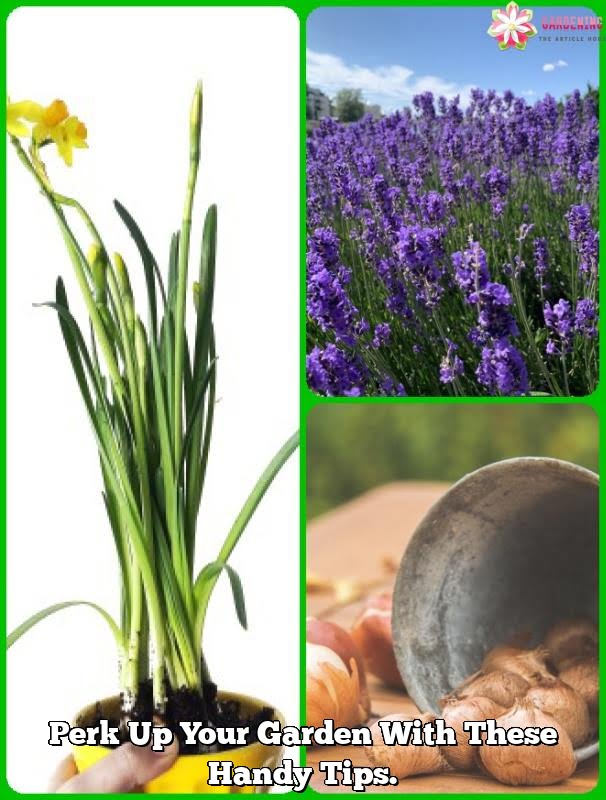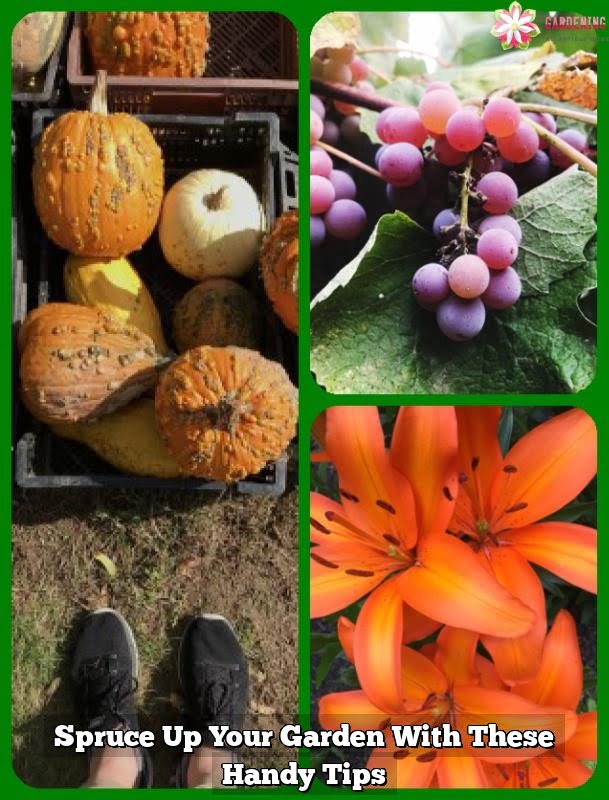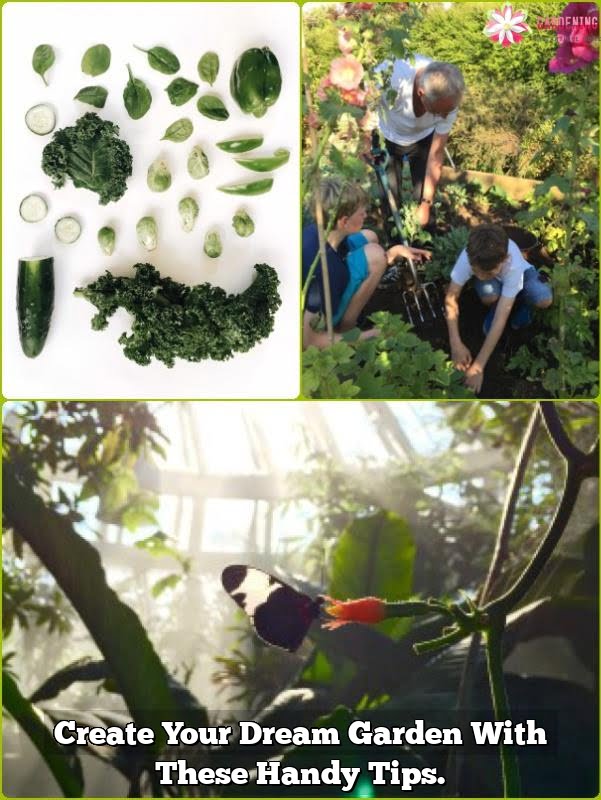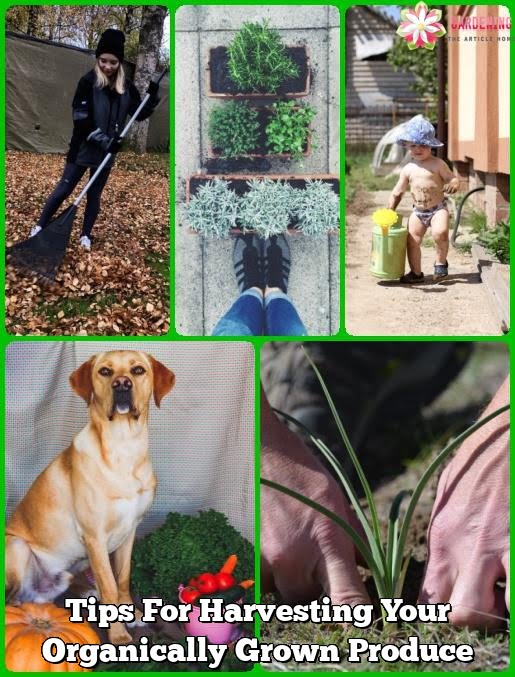There is no better time than now to get it started. You may have many questions and concerns about initiating this, but do not fear! The following article will outline the straight facts you need to start a beautiful garden. Below are some handy tips to get you moving with the aspirations you have to become a green thumb.
This insures that the chance that your plants will survive to adulthood. This also gives you the freedom of tightening time periods between plantings. Your next crop of seedlings will be ready to be planted immediately after you remove your old mature plants.
Use both annuals and biennials to enliven your flower beds. You can fill any spaces between shrubs or perennials. Some flowers you can use are rudbekia, marigold, sunflower, marigolds, and cosmos.
Use climbers for covering fences or walls. Many climbers are so robust that they can cover an unattractive wall or fence in as little as one growing season. They can grow through shrubs and trees, or you can train them to cover your arbor. Some require ties attaching them to supports, and some can attach themselves to something using their stems and tendrils. Some climbers that have proven to be reliable are honeysuckle, clematis, wisteria, climbing roses, and climbing roses.
Mint Leaves
Do you enjoy fresh mint leaves though hate how they grow to take over your garden? You can control the growth of the mint leaves by growing them into a large container rather than in your garden. If you would like the mint leaves to still be in the ground, you can even place the container in the ground, and the leaves will stay within the boundaries of the pot.
You should divide your irises.You can increase your stock of irises you have by splitting clumps that are overgrown. The bulbs often divide in your hand with no intervention on your part, and after you replant them, and they will most likely flower next year. You should split up rhizomes using a knife. Cut new pieces out of the outside and get rid of the old center. Each new piece should have at least one healthy offshoot. Replant your pieces as soon as you have finished the cuttings.
A good green garden should start from the seeds and not from the plants. The most “green” way to start a new garden is starting from seeds. The plastics used in nurseries are rarely recycled and ends up in landfills, that is why it is advised to use seeds or purchase from nurseries that make use of organic materials when packaging their plants.
If your gardening plans include pea plantings, begin the plantings inside instead of outside. The seeds will have a better germination rate if planted there first. The seedlings will also be heartier, which would help them resist diseases and pests more easily. You can transplant the seedlings outside after they are able to survive and thrive.
Purchase a wheelbarrow, as well as a wheelbarrow or wagon. Gardening can take a toll on the knees, so a kneeling stool that is ergonomic and lightweight can make things much more comfortable and enjoyable. Horticulture involves moving heavy objects and dirt, so purchasing a wheelbarrow can be a very smart investment.
Know the ideal times to harvest the vegetables you plant. Each type of produce has its own prime time for harvesting. For example, peas and zucchinis are tastiest when picked young. On the other hand, tomatoes shouldn’t be picked from the vine until they are ripe as can be.
Pest control is one of the hardest things about growing a vegetable horticulture. One way that you can help control gardening pests is to be vigilant. If you catch the pests early, you can control them just by physically removing them from your plants with your hands.
Wear wide-brimmed hats, sunglasses, and sunblock. Protecting yourself from harmful UV rays means you are less likely to get sunburned or suffer skin cancer.
It is essential to keep your knees when you garden. Many people experience back pain and stiffness from bending over and working in the garden for extended amounts of time while they are standing up. Kneeling is a preferred way to get to your plants while minimizing back stress. You can pick up a knee pad for horticulture in order to protect your knees.
Pine is a surprisingly good source for mulch. Cover your beds with the needles, they will release acid into the soil and nourish your plants.
Get the most value out of your property. Landscaping provides some of the highest returns you can get from home improvement. Some plants can raise your home value by 20% or more.
Some typical examples include ageratum and petunias. If you aren’t sure, resources are usually provided with the seeds or can be found online.
When you are growing seedlings in your organic garden, try lightly petting your seedlings — either with the palm of your hand or something like a sheet of cardboard — once or twice each day. It may sound a little odd to do this, but research has shown that handling the seedling like this often will make them grow bigger than seedlings that are ignored.
You can skip watering because of the way.
A terrific way to fertilize your plants in the garden is by making compost of your own. An interesting way you can do this is by starting a worm composting bin. Red wiggler worms, soil, kitchen scraps and newspaper shreds in a bin will get you started.
You can use materials found in most homes to put up a tent over your garden during the winter months. Then, throw sheets on top of them, and use some bricks to keep the edges held down.This simple tent ensures that you save your crops during the winter.
With the tips from this article, you are now readier than ever to begin gardening and hone your skills. You thought perhaps that you knew what to do before, but look at how ready you are now! Hopefully, the tips that were provided gave you some pointers that will help you get started with your horticulture adventures so that you can begin growing like a pro.

Welcome to my blog about home and family. This blog is a place where I will share my thoughts, ideas, and experiences related to these important topics. I am a stay-at-home mom with two young children. I hope you enjoy reading it! and may find some helpful tips and ideas that will make your home and family life even better!

